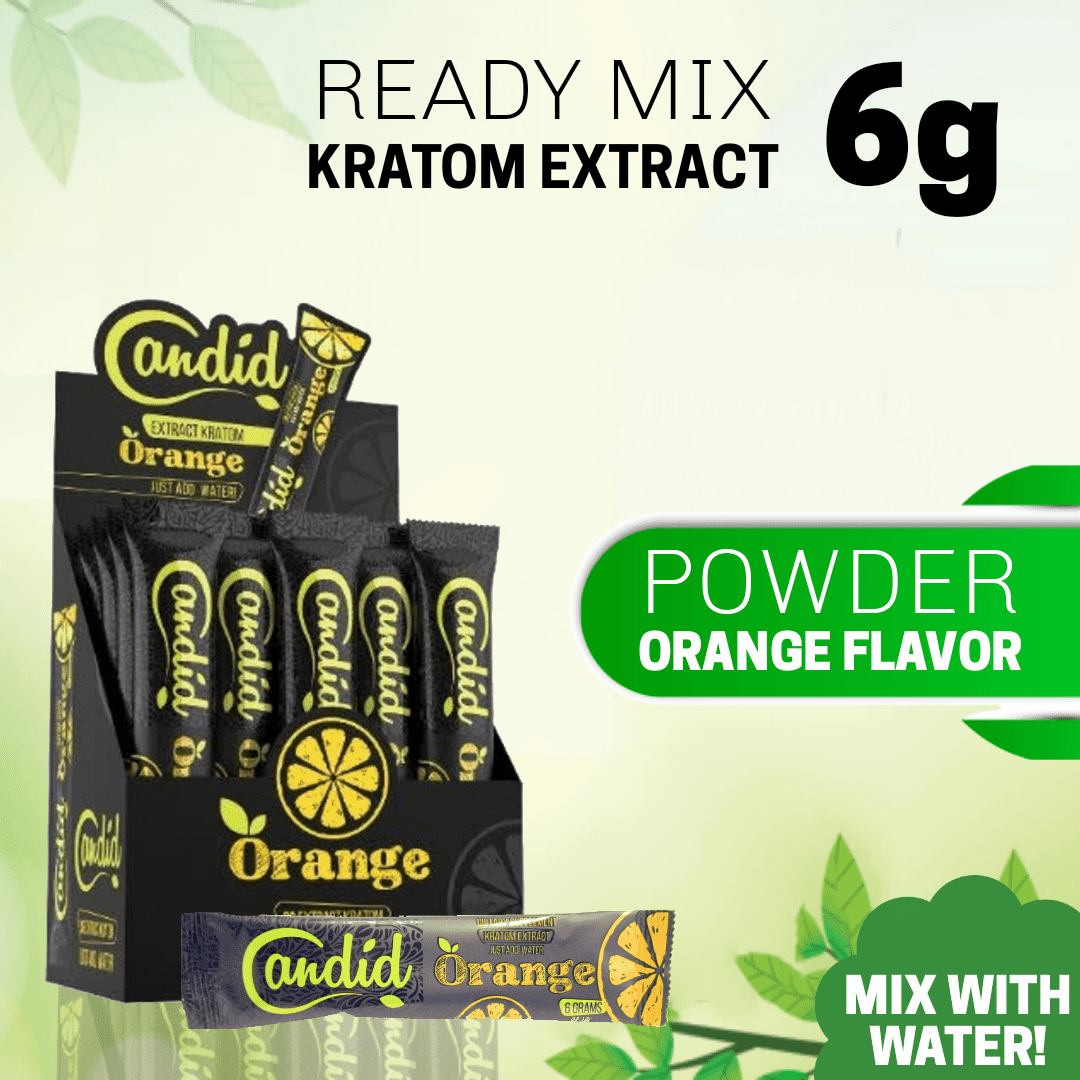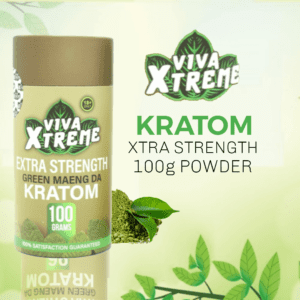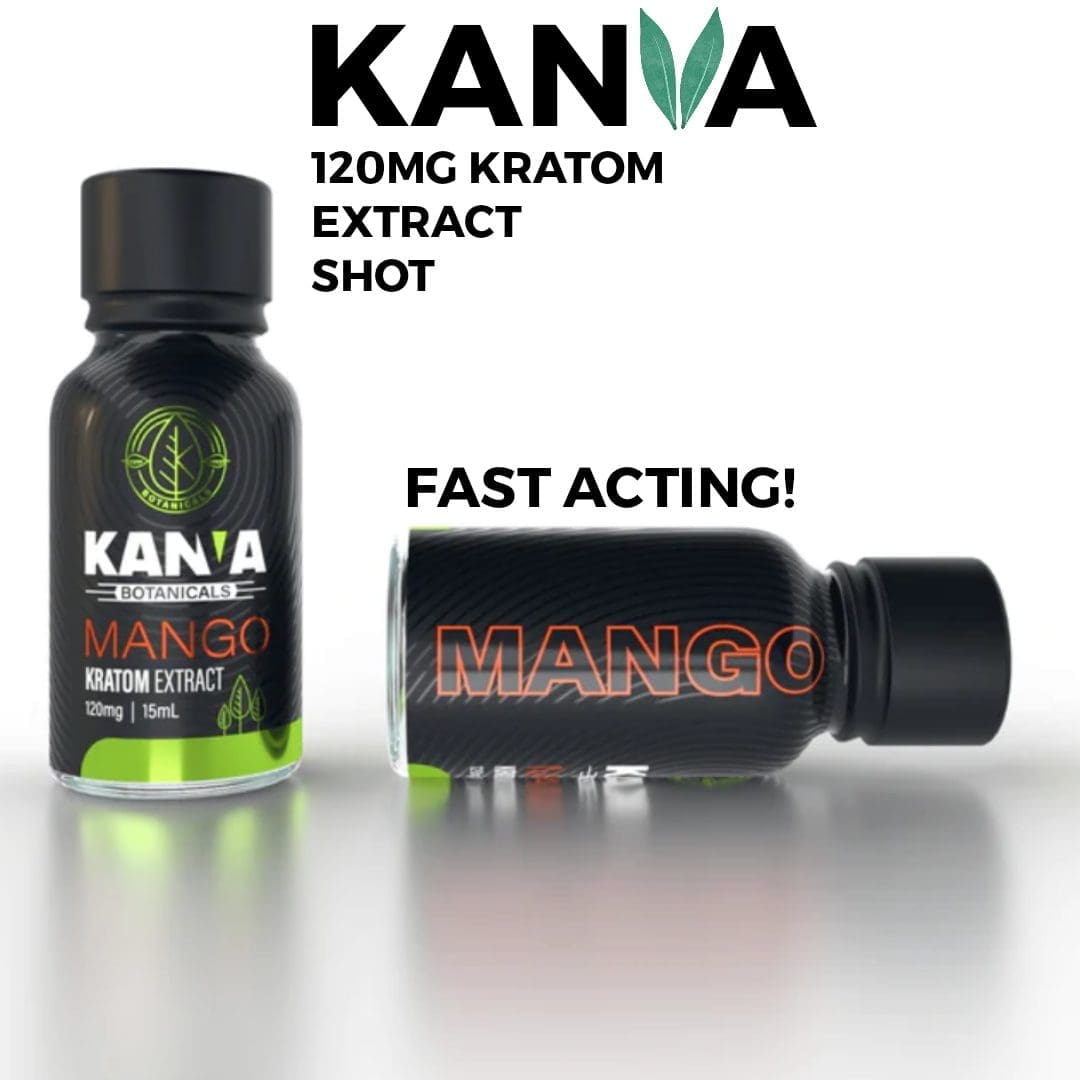To Listen To The Full Audio Episode Click Here: The Daily Dose Podcast Audio
Kratom Confusion The State Of Legal Affairs
What Is Katom?
Kratom, a tropical tree native to Southeast Asia, has gained increasing popularity in recent years due to its purported health benefits and recreational use. However, its legal status has been a subject of great controversy, causing uncertainty among users, law enforcement, and policymakers.
1. Introduction
Kratom, scientifically known as Mitragyna speciosa, has been used for centuries in traditional medicine in Southeast Asia. Its leaves contain active compounds that can interact with the body’s opioid receptors, leading to pain relief, relaxation, and a sense of euphoria. As its popularity spreads worldwide, so does the debate surrounding its legal status.
2. What is Kratom?
Kratom is a tall evergreen tree that belongs to the coffee family. The leaves of the Kratom tree are dried and ground into a fine powder or used to make extracts, capsules, or tea. The main active compounds in Kratom are mitragynine and 7-hydroxymitragynine, which can produce opioid-like effects when consumed.

3. Kratom’s Historical Use
In its native regions, Kratom has been used for generations as a herbal remedy to alleviate pain, boost energy, and improve mood. It has also been utilized in religious and cultural ceremonies. However, traditional use does not necessarily dictate its legal status in other parts of the world.
4. Kratom Legal Status
The legal status of Kratom varies significantly from one country to another. Let’s explore its legal standing in the United States and Europe.
- Kratom in the United States: In the United States, Kratom’s legal status is a complex and evolving matter. The Drug Enforcement Administration (DEA) has previously attempted to classify Kratom as a Schedule I controlled substance, but due to public outcry and advocacy efforts, it remains legal on a federal level. However, several states and municipalities have imposed their own bans or restrictions on Kratom.
- Kratom in Europe: The legal status of Kratom in Europe differs from country to country. Some nations have outright banned Kratom, while others have placed it under strict regulations. Several European countries allow Kratom for personal use, but its sale and distribution may be subject to restrictions.
5. A Controversial Reputation
Kratom is perceived differently by different individuals. Some users praise its potential benefits, which include pain relief, mood enhancement, and increased focus. On the other hand, critics argue that Kratom can lead to dependence and adverse side effects.
- Positive Effects: Many proponents of Kratom claim that it offers a natural alternative to conventional painkillers and can help manage chronic pain, anxiety, and depression.
- Negative Effects: Opponents of Kratom point out that its misuse or overuse can lead to addiction, withdrawal symptoms, and potential health risks.

6. Potential Medicinal Uses
Researchers and scientists have shown interest in the potential medicinal applications of Kratom. Studies suggest that Kratom may have analgesic, anti-inflammatory, and antidiarrheal properties. However, more research is needed to fully understand its effects and safety.
7. The Safety
The safety of Kratom consumption is a major concern. The substance is not regulated like pharmaceutical drugs, and the purity and potency of Kratom products can vary widely. This lack of standardization poses risks to consumers.
8. Kratom and Addiction
One of the key points of debate is whether Kratom itself is addictive. While some users report experiencing dependency and withdrawal symptoms, the extent of addiction potential remains a subject of ongoing research.
9. Legality and Public Perception
The legal status of Kratom has undoubtedly influenced public perception. The uncertainty surrounding its legality has led to mixed views among the general population, medical professionals, and law enforcement agencies.

10. Law Enforcement
The legal ambiguity of Kratom has made it challenging for law enforcement to address its use and distribution effectively. Some argue that regulation could help ensure public safety, while others fear potential unintended consequences.
11. Kratom Research and Studies
To gain a comprehensive understanding of Kratom’s effects, more research is required. Clinical trials and studies are essential to establish its safety and efficacy as a potential medical treatment.
12. The Future of Kratom Regulation
The regulation is uncertain. Advocacy groups, scientists, and policymakers continue to debate the appropriate approach to control Kratom use while considering the interests of public health and individual freedom.
13. Conclusion: Kratom Benefits And Risks
In conclusion, Kratom and it’s legal uncertainty reflects the complexity of its potential benefits and risks. As it gains popularity around the world, society grapples with how to address its use responsibly. Striking the right balance between regulation and access is crucial to ensure public safety while exploring the potential medical applications of this ancient herbal remedy.
FAQs
Is Kratom legal in the United States and what is kratom confusion?
What are the potential benefits of Kratom?
Can Kratom cause addiction?
Are there any side effects of Kratom?
Is Kratom safe for consumption?
Related Articles:
- What If Kratom Is Age Restricted To 21 And Over Kratom News Now
- Kratom News: Understanding The Mis-Information Around The Ban
- Kratom Use Linked To Liver Damage: The Data
- Kratom Hazards Recent Salmonella Outbreak
- Main Article
Meet The Author





